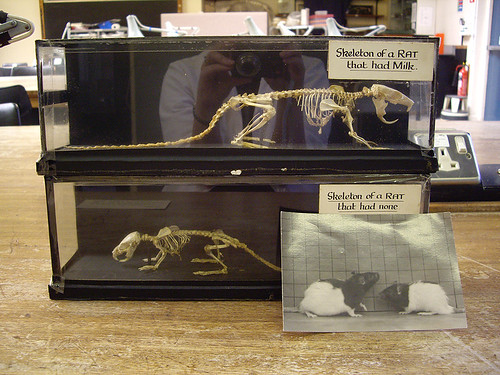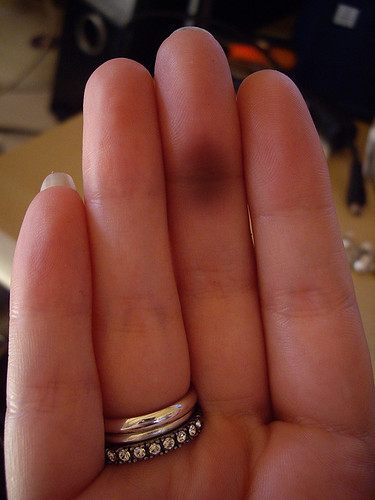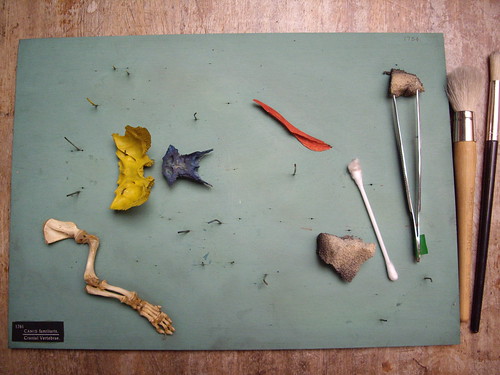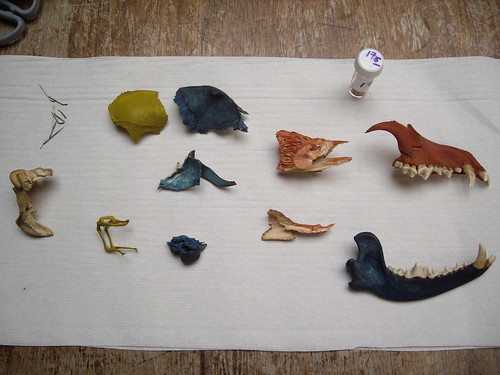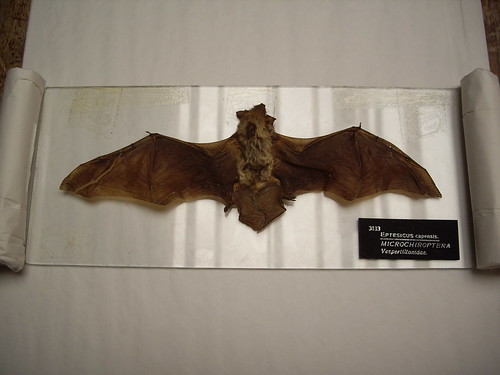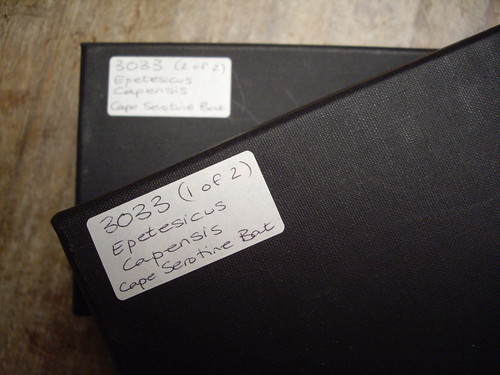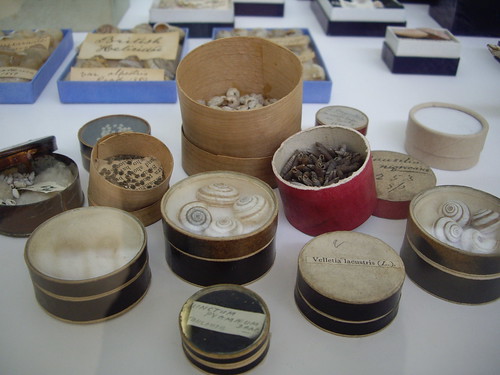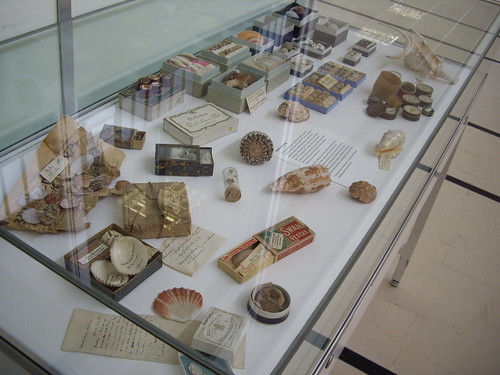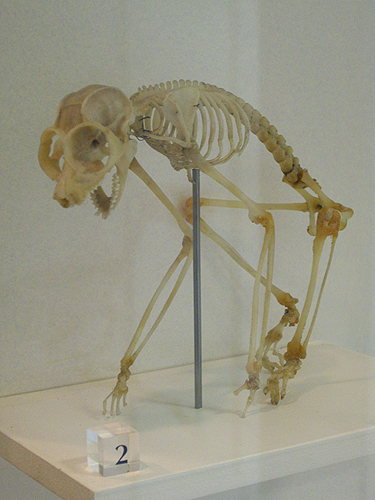…what a way to make a living!
This photo crossed my path at work this week, which rather took me by surprise! It was taken earlier this year, when I was volunteering at the Cole Museum of Zoology. I’m very carefully cleaning one of the many bullfrog skeletons. I’m going back to the Cole Museum next week, to continue volunteering, and I’m really looking forward to it.
I’ve been volunteering and working in museums now since 2009, and my intention was to get involved in as many different areas as possible, to work out where I wanted to specialise. Most of my work has been in education, with a little foray into marketing, which I really enjoy.
In the long term though, I’m now hoping to train as a conservator, specialising in natural history objects. There’s no straighforward qualification route for this, so I’m trying to gain as much experience as I can by volunteering, and by taking short courses as they come up. In December I’ll be learning about the care of fluid-preserved collections, at the Horniman Museum. I’m also trying to raise the funds to study an MA in Preventive Conservation.
So, if you’ve been wondering why there haven’t been as many making things posts around here as usual, the answer is that I’ve been at work! I took on some extra hours during the summer, and those hours have now been extended for a while longer, so I’m saving all the extra pennies towards the fees for the MA.
I’m also trying to decide whether to blog about SCIENCE THINGS here, or whether to write about them somewhere different. I will be required to keep a blog as part of the MA, but I’m aware that some of you really don’t like to see wobbly things in jars (which is the area I’m hoping to specialise in), and I don’t want to frighten anybody away! Your feedback on this would be very welcome.




